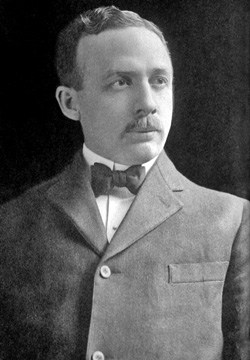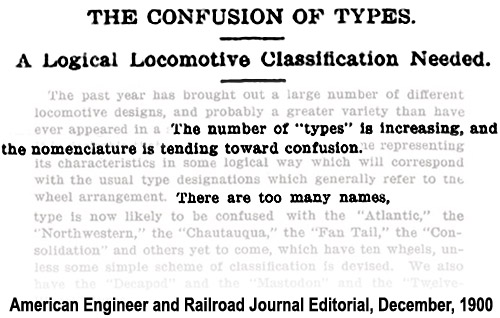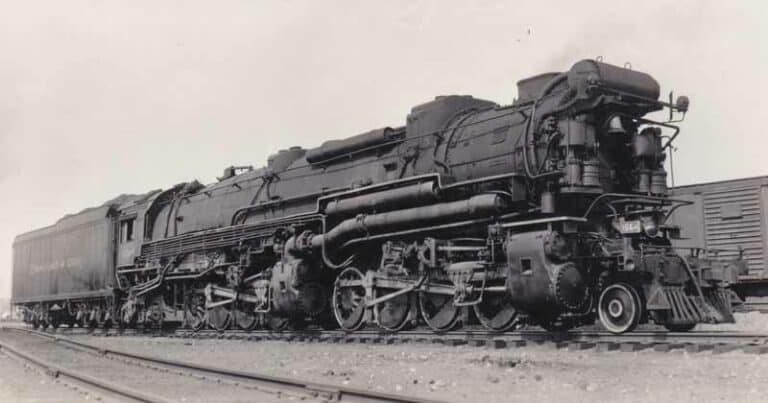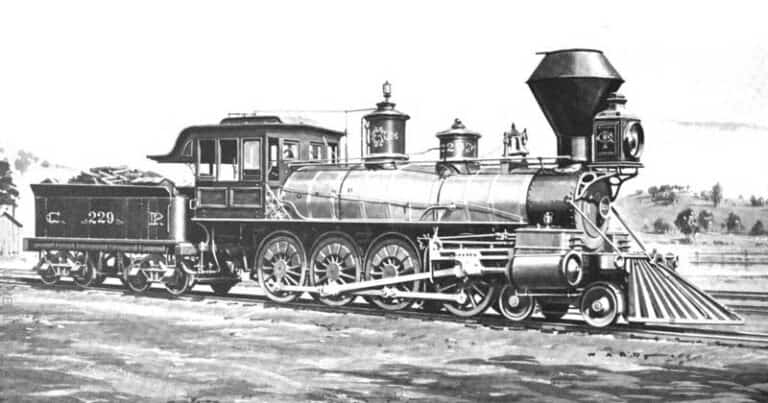Who is the Whyte in Whyte Notation?
Frederick Methvan Whyte had been working in the railroad industry for 11 years when the call came for someone to develop a system to classify steam locomotives. He thought he could devise such a system. He certainly had the background for it.
Whyte lived in out-state New York and was educated as a mechanical engineer and draftsman at Franklin Academy and Cornell University.
His railroad career took him to many railroads, starting in 1889, with the Lake Shore and Michigan Southern Railway – which was owned by the New York Central.
Furthering his career meant mechanical engineering or drafting work at the Baltimore and Ohio Railroad, then the Mexican Central Railroad (in Mexico City), the Chicago and South Side Rapid Transit Railway, the Northwestern Elevated Railroad and Chicago and Northwestern Railroad, ending these career hops in 1899.

Whyte makes his Contribution
In 1899 Whyte went back to New York state and back to Cornelius Vanderbilt, owner of the New York Central. He returned as a Mechanical Engineer and later became General Mechanical Engineer.
It was while at the New York Central, one of the nation’s largest railroads at the time, that the call went out for some system of sanity in steam locomotive nomenclature.

A Simple System for a Complicated Problem
We’ve been living with Whyte’s system for 120 years now, so it doesn’t seem revolutionary to us, but in 1900 naming and classifying steam locomotives had become a problem. His Whyte Notation solved that problem. It’s a simple system, we’ve put together an article with all the details.
Whyte Notation can be learned and applied in five minutes, or give an extra ten and you can see how it fits nearly all steam engines into the system. We also compare it to the world’s other major steam classification system, the European/German UIC Notation.
With his name attached to a system used daily by railroads in North America and the UK, Whyte was able to end his nomadic railroad work-life. He stayed with the New York Central System until retirement. After retirement he became a consulting engineer, including as a member of a commission to study Australia’s multiple track gauges. Australia adopted the commission’s recommendations and they are in force today.

Railfan and model railroader. Writer and consumer of railroad news and information.







